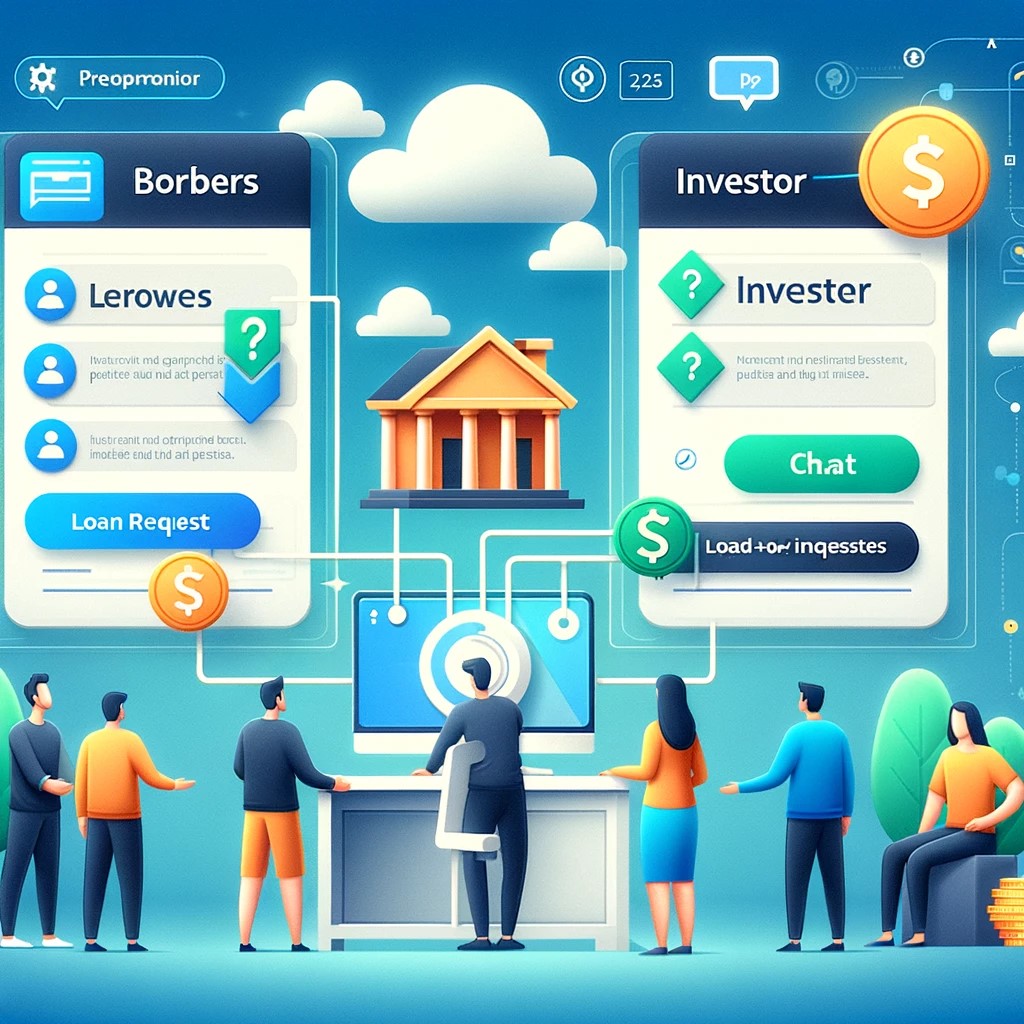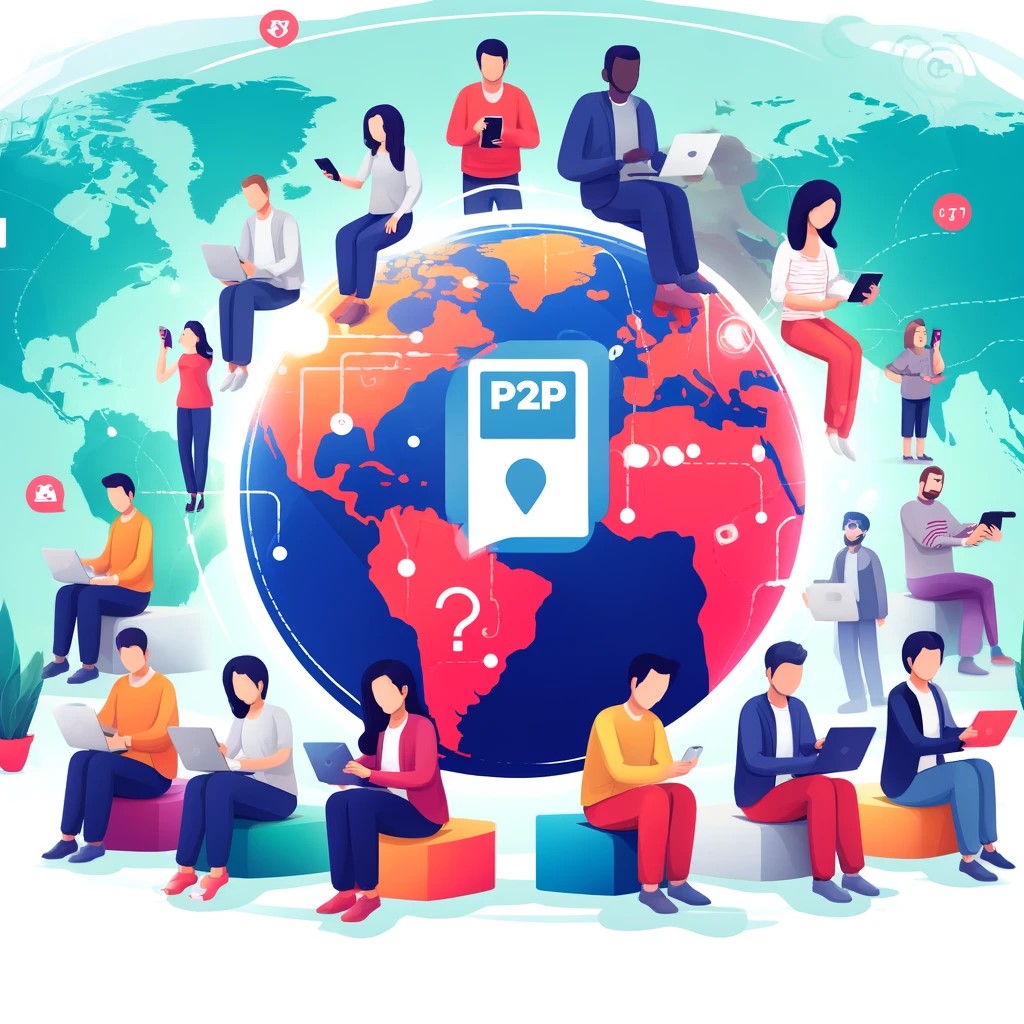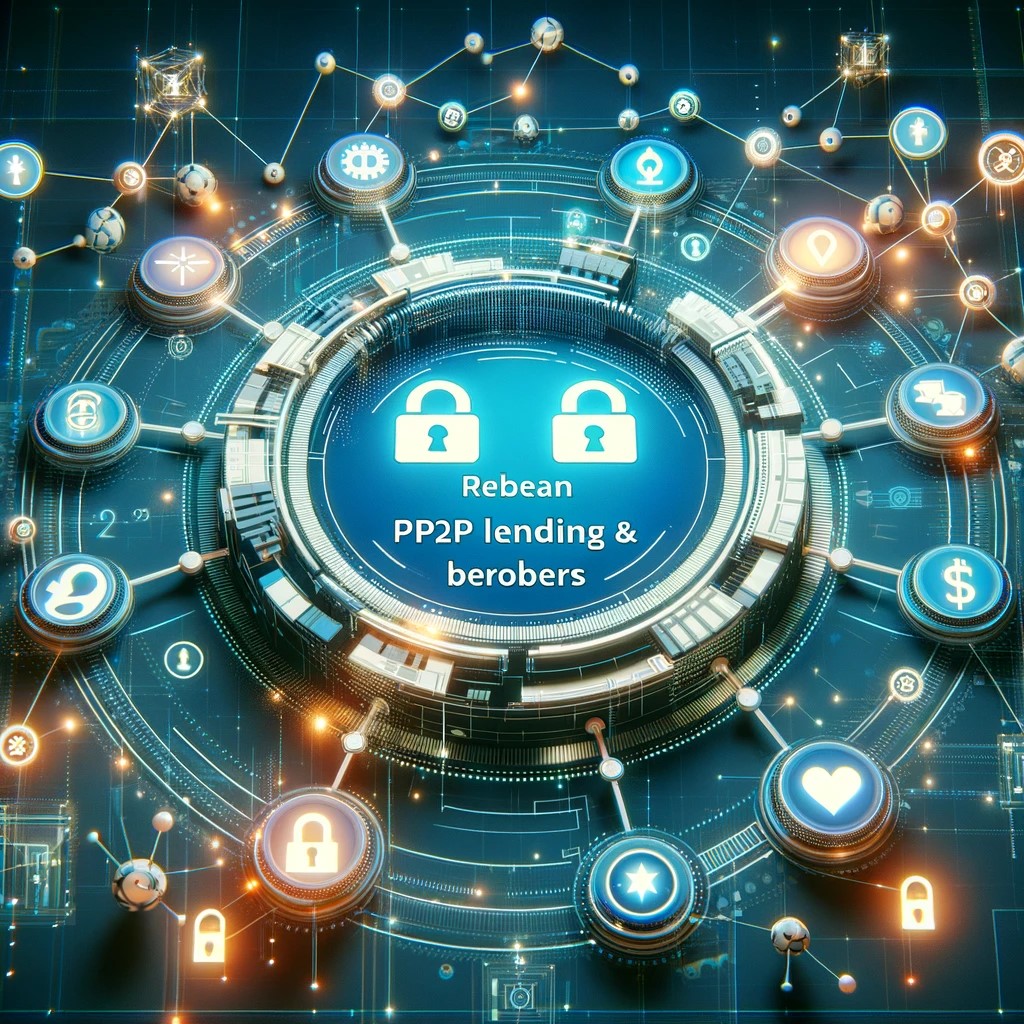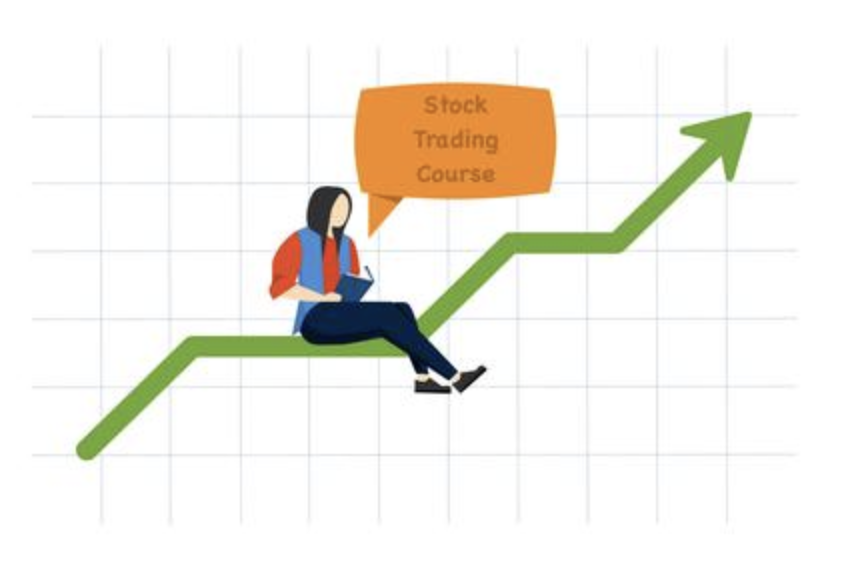In the ever-evolving world of finance, Peer-to-Peer (P2P) lending is emerging as a revolutionary alternative to traditional banking systems. By leveraging technology to connect borrowers directly with investors, P2P lending platforms are transforming the way individuals and small businesses access credit. As this innovative model gains traction, it begs the question: Is P2P lending the future of loans?

The Rise of P2P Lending
P2P lending began gaining prominence in the mid-2000s, with platforms like LendingClub and Prosper in the United States leading the charge. These platforms offered a new way for borrowers to secure loans without the need for a traditional bank intermediary. Instead, individual investors could directly fund loans, often at more competitive interest rates.
The appeal of P2P lending lies in its efficiency and accessibility. Borrowers can often secure funds more quickly and with fewer hurdles than they would face with conventional banks. For investors, P2P lending provides an opportunity to earn higher returns compared to traditional savings accounts and bonds, albeit with a higher risk.

Current Trends in P2P Lending
As of 2024, the P2P lending industry continues to expand, driven by several key trends:
Technological Advancements: The integration of artificial intelligence and machine learning in P2P platforms has enhanced risk assessment and fraud detection. These technologies enable platforms to evaluate borrower creditworthiness more accurately, thereby reducing default rates.
Diversification of Loan Products: P2P platforms are diversifying their offerings beyond personal loans. Business loans, student loans, and even mortgage loans are now available, broadening the appeal of P2P lending to a wider audience.
Regulatory Developments: Governments worldwide are taking notice of the P2P lending sector. While increased regulation can pose challenges, it also provides a framework for growth and stability. In markets where clear regulations have been established, investor confidence tends to rise, further fueling the industry's growth.
Global Expansion: Initially concentrated in the United States and Europe, P2P lending platforms are now expanding globally. Emerging markets in Asia, Africa, and Latin America are witnessing a surge in P2P activity, providing financial access to underserved populations.

Future Predictions
The future of P2P lending looks promising, with several potential developments on the horizon:
Increased Market Share: As traditional banks continue to face criticism for their inefficiency and high costs, more borrowers and investors may turn to P2P platforms. This shift could significantly increase P2P lending's market share in the global credit market.
Integration with Blockchain Technology: Blockchain technology could enhance the transparency and security of P2P lending transactions. Smart contracts, in particular, could automate and streamline the lending process, reducing administrative costs and enhancing trust between parties.
Conclusion
While P2P lending is not without its risks—such as potential defaults and regulatory uncertainties—it represents a significant evolution in the lending landscape. As technology continues to advance and the global financial ecosystem evolves, P2P lending could well become a mainstream alternative to traditional banking. For borrowers seeking flexible financing options and investors looking for attractive returns, P2P lending offers a glimpse into the future of loans.




